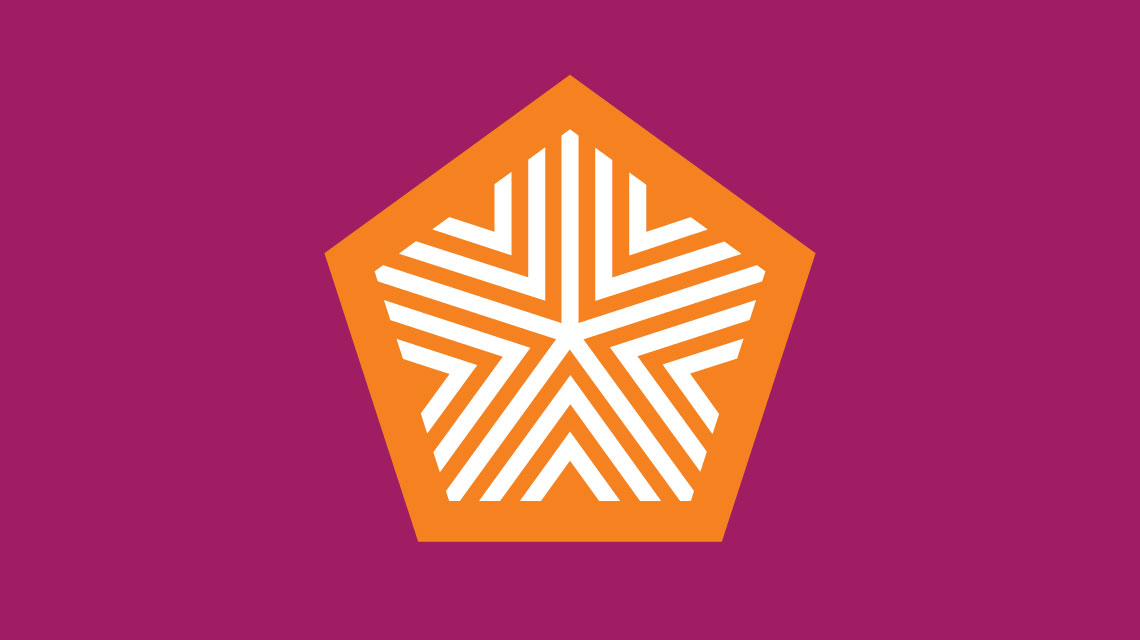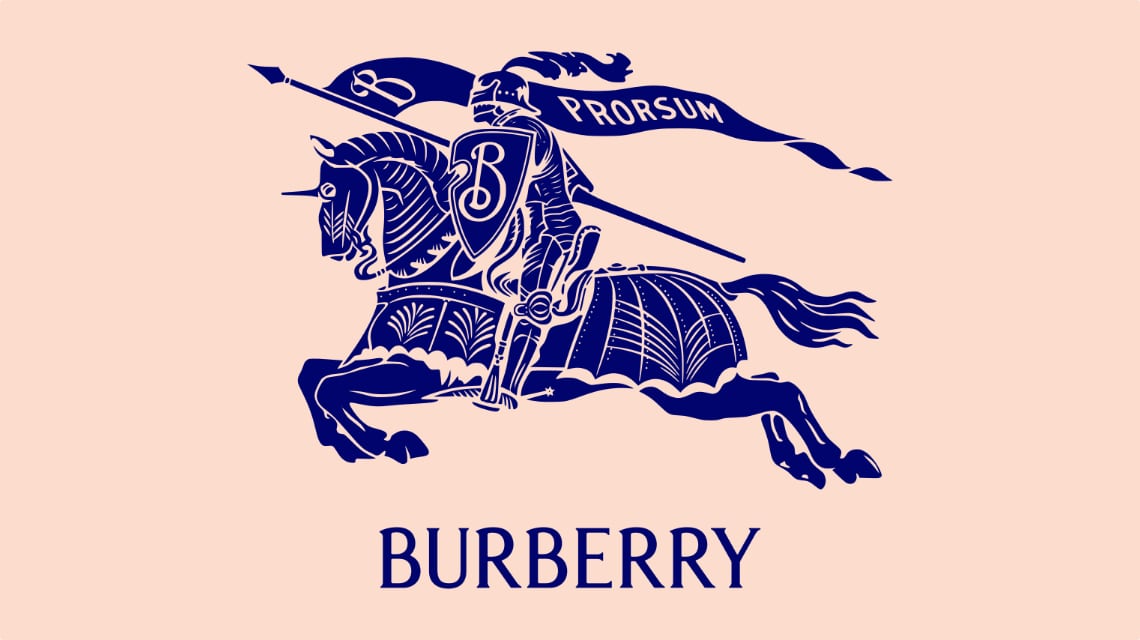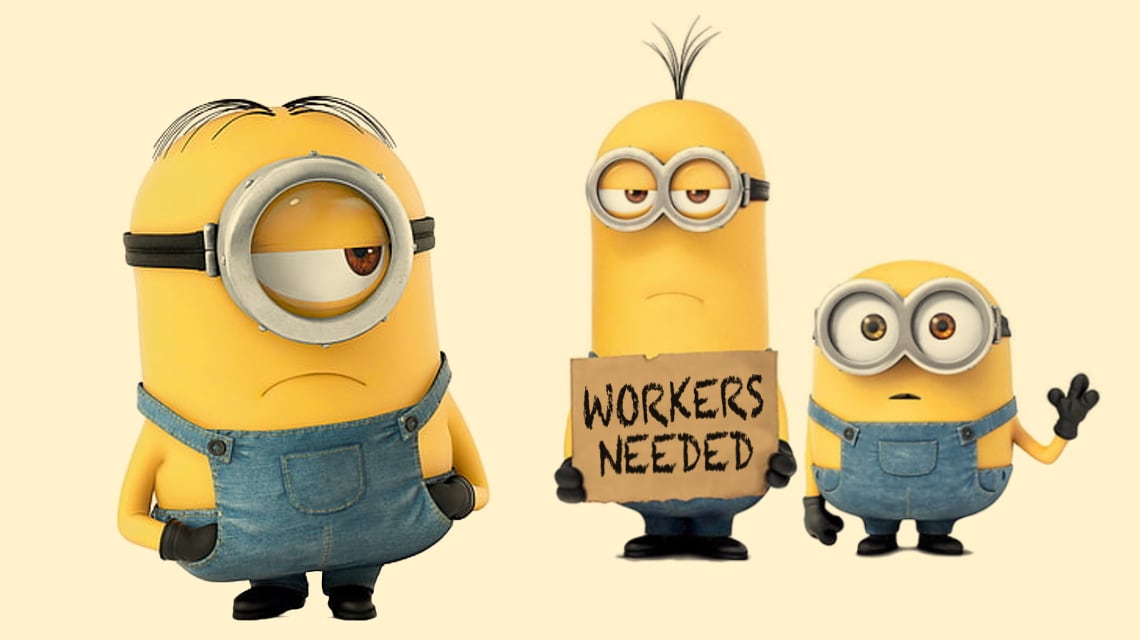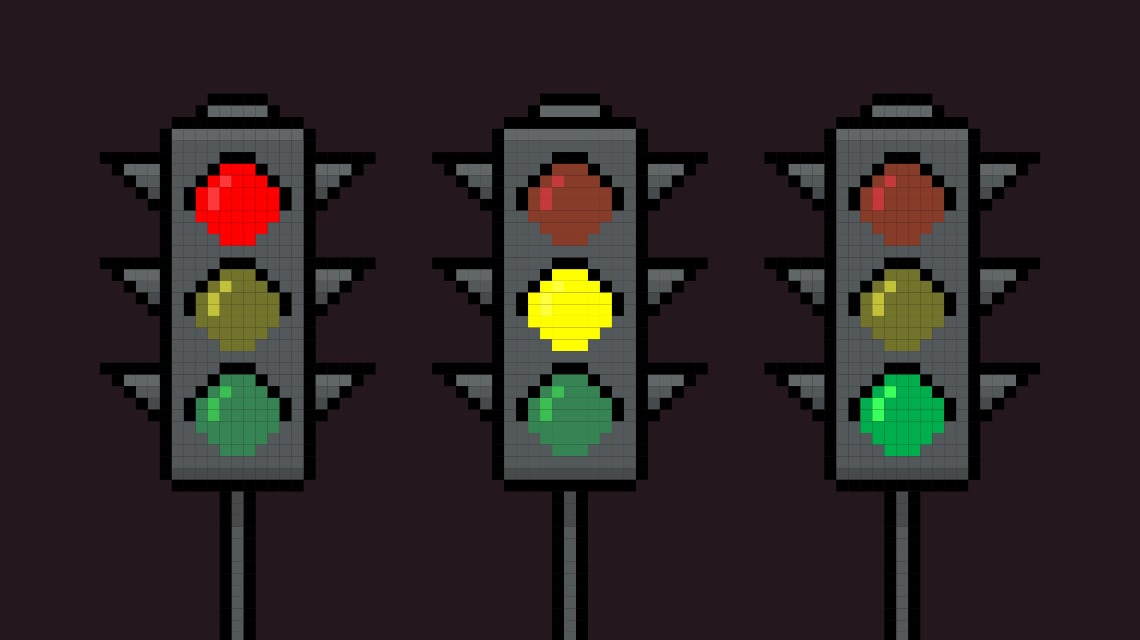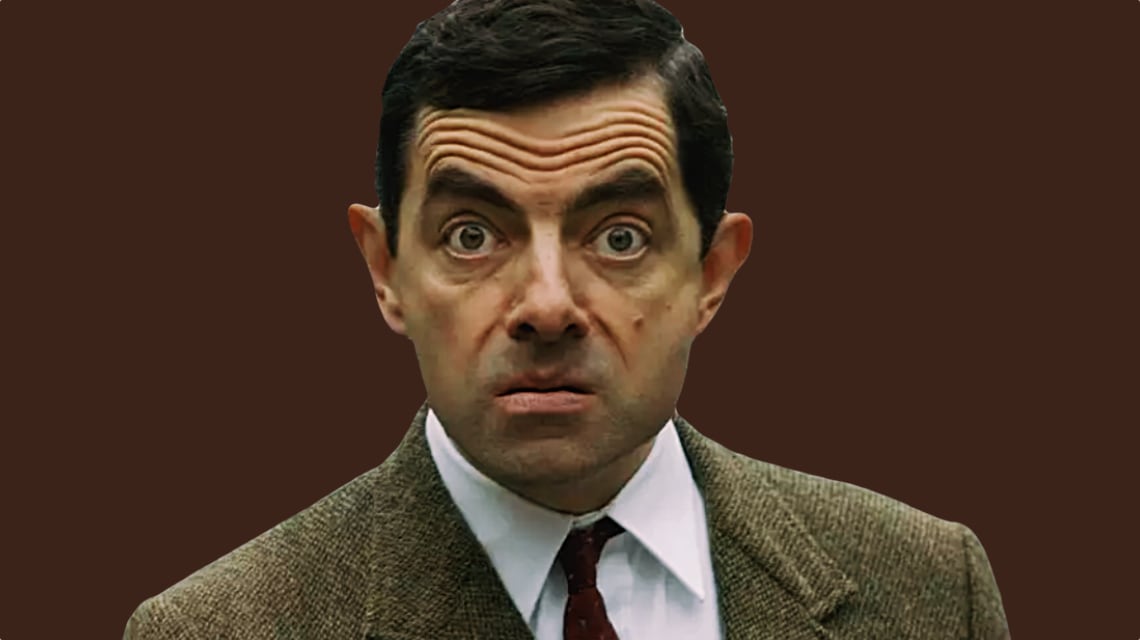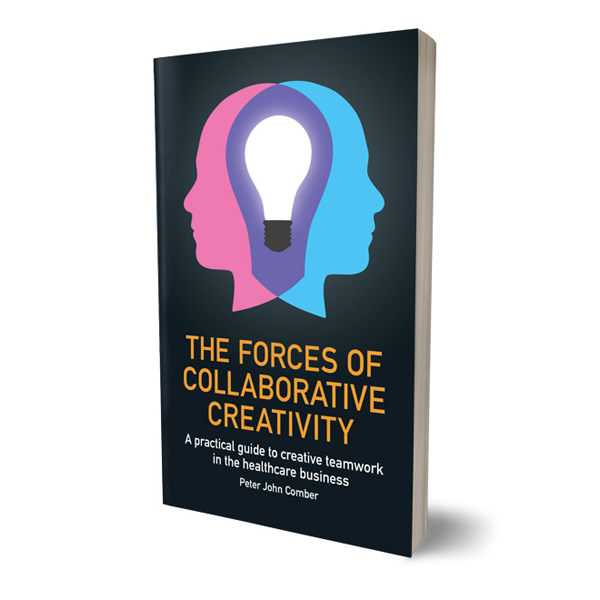Realisation and Collaborative Creativity.
The third in a series about the five forces of Collaborative Creativity.
In ‘The Forces of Collaborative Creativity’, I explain the Collaborative Creativity method and examine its effects and why it works. The theory I have formed, based on personal experience and observation, is that Collaborative Creativity generates five forces: Self-discovery, Empathy, Realisation, Cohesion and Invention. In this article, I focus on Realisation.
There are significant productivity differences between meaningful work and meaningless work. Self-realisation and a sense of purpose have more influence on a team’s performance than financial incentive. Realisation in Collaborative Creativity is an important force for the ongoing sustainability and success of a project. Realisation is a combination of achievement, self-discovery, excitement and gratification.
People enjoy Collaborative Creativity sessions and derive a sense of achievement from the experience, the methodology allows everyone to make a valuable contribution and influence the outcome. This in itself is valuable, but for the positive effects to be lasting it needs to materialise into something more than a day well spent. Any company that believes their staff are an asset has a duty to listen to them and let them have some influence on the way they work because people work better when they gain satisfaction from it. This means giving individuals a degree of autonomy. For this to work in an organisation, it is necessary to reap the productive benefits of self-realisation while also achieving organisational coherence and efficiency. Self-realisation is great for individuals, to be useful for an organisation Realisation must be balanced with Cohesion - the subject of my next article.
Charlie Walker-Wise is a tutor at the Royal Academy of Dramatic Art (RADA). Talking to The Economist he said, ‘Acting is about finding the truth in the character and in yourself.’ Like an actor, people who work for brands must convey concepts, words and emotions that are not always their own – their job is to play a role and project a story that seldom aligns perfectly with their sense of self. The challenge is to find a bridge between brand realisation and self-realisation, simultaneously being true to self and the values and objectives of a collective. In Walker-Wise’s words, ‘The lesson from acting is how do I connect to this message without betraying my own personality.’ In a monologue, this morphing of character and actor is uninfluenced by other factors, but pharmaceutical brands have a vast cast of actors and even require audience participation. Here, actors must find the truth in both the brand and the collective.
Collaborative Creativity projects can work like the rehearsals of a stage play: everyone has a script and together the cast works out how to interpret it, as individuals and as a group. Each member of staff has a slightly different experience of the organisation. The day-to-day mind-fog of tasks, issues, snafus and deadlines makes it very hard to step back and gaze clearly at the over-arching reality. Individually we all tend to see only one part of the whole. In pharmaceutical companies, each of the many specialist departments that make up the whole has a subjective, role-specific view of the business. This is to be expected and to a degree desirable, but it can make it difficult for the organisation to be truly self-aware, able to quickly adapt, adopt and identify what makes it special.
Unlike a standard meeting, Collaborative Creativity sessions keep the focus on the result for the company while encouraging individual expression and realisation. Rising successfully to the cognitive challenge of a Collaborative Creativity session is rewarding. Making a valid contribution within a group towards the creation of something of value gives us a sense of co-authorship. This is the force of Realisation.
